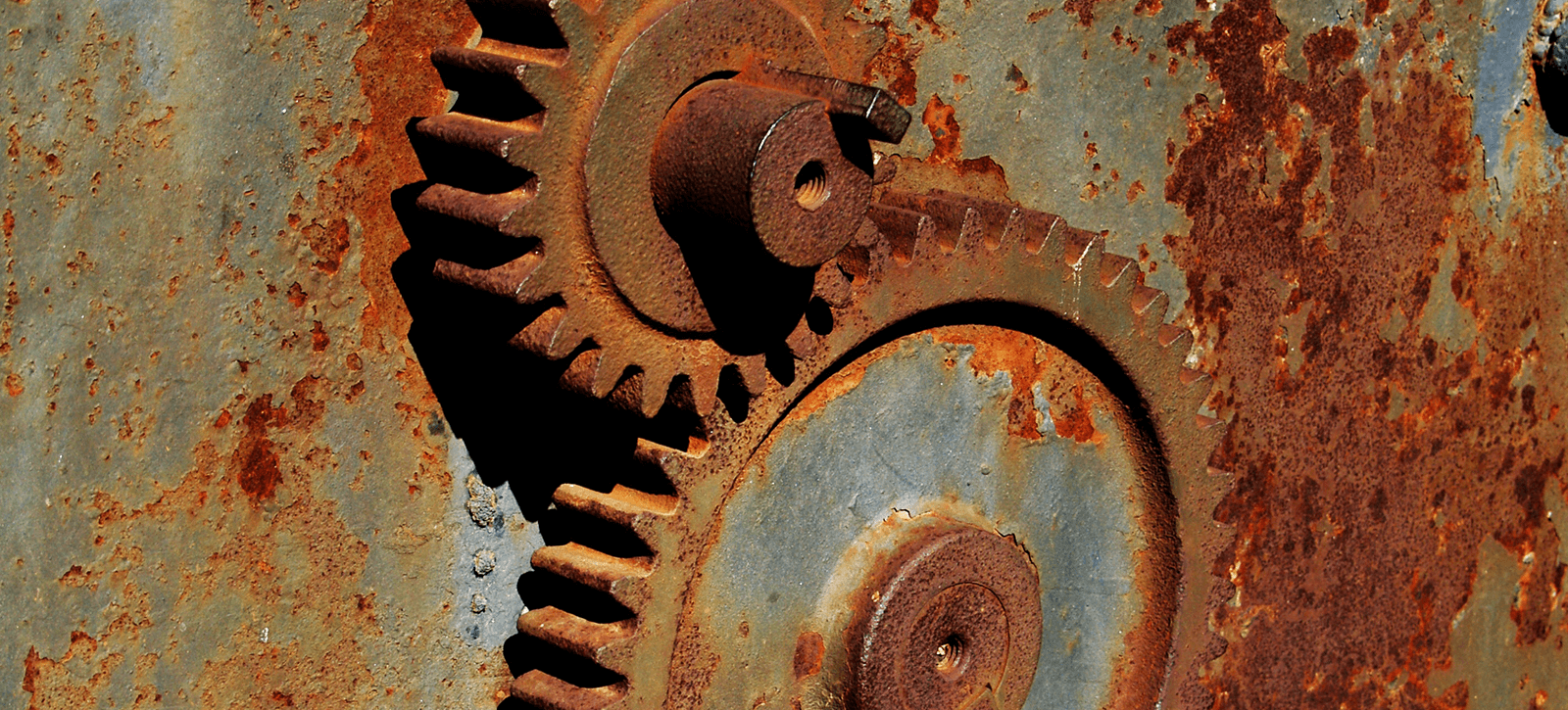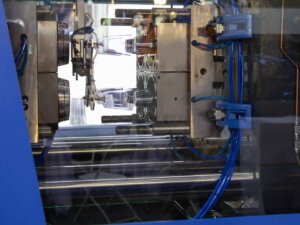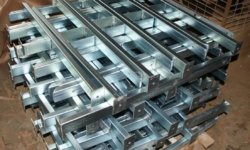In certain conditions, even the strongest metal parts can suffer from corrosion, which occurs when metals react with their environment. Corrosion turns the surface of the metal part into a metal oxide, hydroxide, or sulfide.
Any metal can suffer from some degree of corrosion, though some react under different circumstances than others. Importantly though, corrosion can often be prevented or minimized by following certain steps. These steps involve good product design, material selection, and the application of surface treatments.
This guide looks at the five best ways to reduce corrosion of metal parts made using technologies like CNC machining.
What is corrosion?
Corrosion is a natural process in which environmental conditions turn a refined metal into its oxide, hydroxide, or sulfide form.
In the engineering world, electrochemical oxidation of metal (reacting with an oxidant such as oxygen or sulfates) is the most common and concerning form of corrosion, and the rusting of iron falls under this category.
Some metals corrode easily when exposed to nothing more than moisture in the air, while others only suffer when exposed to other, more aggressive substances.
Corroded metal is often recognizable by its orange coloration and powdery texture.
Preventing corrosion
Steps can be taken to prevent corrosion of metal parts. Most of these steps come before and during manufacturing, but it is also possible to reduce corrosion of parts once they are in use.
Following these steps will not guarantee an infinite lifespan for your parts, but it will go some way to reducing potential corrosion while helping to maintain the proper functionality and appearance of metal parts.
1. Choose a corrosion-resistant metal
No metals are indestructible, but if your parts will be in contact with moisture or corroding substances, it makes sense to choose a corrosion-resistant metal.
Stainless steel: Stainless steels contain iron, which oxidizes and turns to rust. However, steels with a high chromium content (Stainless Steel 316, for example) are less susceptible to rust, since the chromium forms a protective layer of chromium oxide on the part surface.
Aluminum: Aluminum does not contain iron and therefore does not rust. A protective layer of aluminum oxide can form on a part’s surface when it contracts moisture, preventing corrosion.
Copper, bronze & brass: Red metals like copper, bronze, and brass contain minimal or no iron and do not rust. Oxidized copper exhibits a green-colored patina, and while this may not be aesthetically desirable, it protects the copper part from corrosion.
2. Design parts that minimize environmental damage
The material of a part affects its corrosion resistance, but so does its shape and texture. Engineers should therefore consider whether certain design features might encourage or discourage corrosion when creating their CAD design.
Features that could trap moisture or air should be avoided. Parts should not contain deep crevices where moisture can pool, and airflow should be encouraged if possible. If the part absolutely must contain crevices, tunnels, or other points of vulnerability, these areas should at least be made easily accessible for cleaning and maintenance.
3. Apply an anti-corrosion coating
Applying a coating over the surface of the metal can prevent the metal from corroding, since air, moisture, and other corrosive substances cannot directly touch the metal unless the coating itself wears off. Coatings can be reapplied after a period of time to maintain the condition of the part.
Paint and/or primers are a straightforward and cheap way to prevent corrosion, and may be necessary anyway for aesthetic reasons. Powder coating can also create a protective layer of a plastic material — epoxy, nylon, etc. — on the surface of the metal.
For some metals, it may be preferable to add hard chrome plating (affordable, good corrosion resistance) or black chrome plating (more expensive, excellent corrosion resistance).
4. Apply a sacrificial coating
Another way to make parts corrosion resistant is to apply a sacrificial coating to the metal instead of a protective coating.
The purpose of a sacrificial coating is not to prevent corrosion altogether, but to allow the coating to get corroded rather than the underlying material of the part. Hence why the coating is called a “sacrificial” material.
One example of a sacrificial material is zinc or magnesium on stainless steel parts. Steel that has been entirely coated in zinc is known as galvanized steel, and galvanization is an example of cathodic protection: steel becomes the cathode of an electrochemical cell.
However, the sacrificial material does not have to be applied as a coating; zinc and magnesium blocks, placed against the protected part, are sometimes used in the marine industry to a similar effect.
5. Control the environment around the parts
Post-manufacturing steps can be harder to implement than pre-manufacturing ones, but it is still possible to reduce corrosion once the part is in use.
In certain situations, it may be possible to control the amounts of substances like oxygen or chlorine in the surrounding environment. It may also be possible to prevent parts from coming into contact with excess moisture, by adjusting their placement or introducing barriers, for example.
3ERP has many years of experience working with metals, including those with a high iron content, and we offer a range of surface finishing options that can prevent corrosion of your parts. Request a free quote today.







